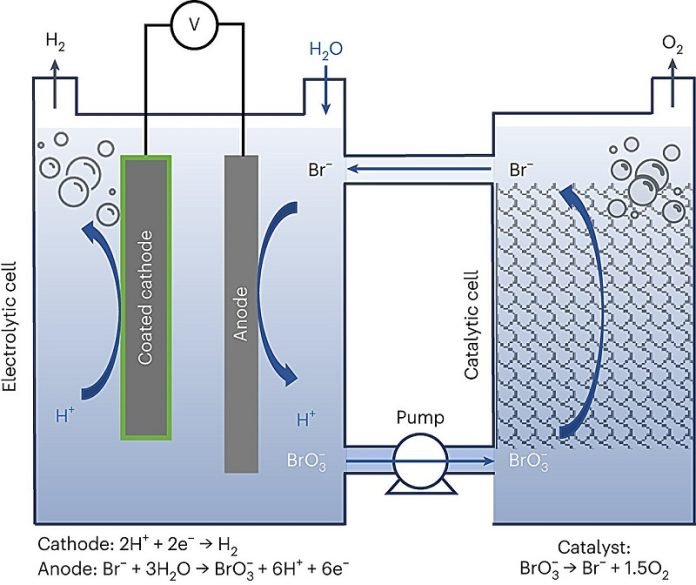
In a world where we’re constantly looking for ways to protect our environment and find sustainable energy sources, a team of experts from the Technion Faculty of Materials Science and Engineering has made a groundbreaking discovery.
They’ve developed a new way to create “green hydrogen” using renewable energy, and their findings have been published in a prestigious journal, Nature Materials.
So, what’s all the excitement about? Let’s break it down.
What is Green Hydrogen?
Hydrogen is an element that can be used as a fuel. When it burns, it only produces water, making it a super clean energy source.
Unlike fossil fuels like coal, gasoline, and natural gas, which release harmful carbon dioxide into the air, hydrogen is much cleaner.
However, there’s a catch. Most of the hydrogen we use today is produced using fossil fuels, which defeats the purpose since this process releases a lot of carbon dioxide.
That’s where “green hydrogen” comes in. It’s hydrogen made using clean, renewable energy sources like wind and sunlight. This method doesn’t release harmful gases, making it a fantastic alternative to fossil fuels.
The traditional way of making hydrogen, despite being harmful to the environment, is cheaper. That’s why it’s still widely used.
Producing green hydrogen involves a process called electrolysis, where water is split into hydrogen and oxygen using electricity. This method has been around for over 200 years and has seen many improvements. However, it’s still pretty expensive.
One big reason for the high cost is the need for special materials, like expensive membranes and seals, to make sure hydrogen and oxygen are produced safely and effectively.
This is where the researchers from Technion come in. A few years ago, they came up with a new way of doing electrolysis that doesn’t need these costly membranes and seals.
Their method, called E-TAC, is unique because it produces hydrogen and oxygen at different times, not simultaneously like in traditional electrolysis.
Developed by Dr. Hen Dotan and Dr. Avigail Landman, under the guidance of Professors Avner Rothschild and Gideon Grader, and in partnership with entrepreneur Talmon Marco, this technique could be a game-changer. It makes the production of green hydrogen potentially cheaper and more practical.
You might be wondering why this is such a big deal. Here’s the thing: if we can make green hydrogen more affordable and widely available, it could replace a lot of the fossil fuels we currently use.
This change could significantly reduce greenhouse gas emissions from various sources, including transportation, manufacturing, and even heating in industries.
With predictions suggesting that green hydrogen could make up about 10% of the global energy market in a future with net zero emissions, the importance of this new technology cannot be overstated. It’s not just about finding a new energy source; it’s about taking a significant step towards combating climate change and global warming.
In conclusion, the work of the Technion researchers could be a major turning point in our quest for sustainable energy solutions.
Their innovative approach to producing green hydrogen not only holds the promise of a cleaner environment but also paves the way for a future where renewable energy is the norm, not the exception.



